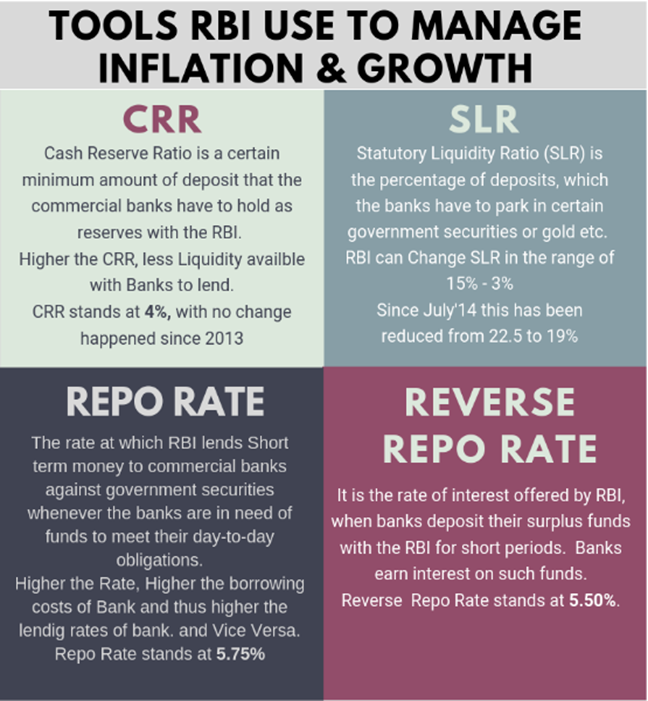Wednesday, 11th May 2022
PM’s gifts to world leaders
In News
Prime Minister of India presented some invaluable gifts to world leaders, on his trip to Europe.


Sources:
Effect of Humidity in Extreme heat temperatures
In News
The recent IPCC report AR6 has emphasised that humidity is also very important while estimating the physiological stress that extreme heat puts on the human body.
Why is humidity such a critical factor while measuring heat exposure?
- Humans lose heat generated within their body by producing sweat that evaporates on the skin. The cooling effect of this evaporation is essential in maintaining a stable body temperature.
- As humidity rises, sweat does not evaporate —just like clothes take a long time to dry in humid locations – and makes it difficult to regulate body temperature. This is why we feel more discomfort in humid places.
- A wet bulb / dry bulb reading measures dewpoint, relative humidity and evaporation rate. The report mentions that sustained exposures to wet bulb temperatures above 35°C are fatal, while sustained exposures to wet bulb temperatures above 32°C are dangerous for intense physical activity.
- There has been a growing concern about the 35°C threshold and whether parts of South Asia will become “unsurvivable” in the coming years. But, the humidity required to reach wet bulb temperatures in excess of 35°C over land is exceedingly difficult to achieve.
- Wet bulb temperatures in excess of 35°C have been observed in Sindh in Pakistan, but such conditions occur once every three to four years, and probably for a few hours. This fails to meet the criteria of “sustained exposure”.
- We don’t observe such conditions in the current climate, but can become a phenomenon in future climates. However, the research that backs the AR6 also suggests that we are unlikely to experience sustained exposure to wet bulb temperatures beyond the threshold of survivability.
What is “Dry bulb” and “Wet bulb temperature”?
Along with “dry bulb” temperature that is usually measured using a regular thermometer, an alternative metric known as the “wet bulb temperature” is used to measure exposure to extreme heat.
- The dry-bulb temperature (DBT) is the temperature of air measured by a thermometer freely exposed to the air, but shielded from radiation and moisture.
- Wet-bulb temperature (WBT) is a limit that considers heat and humidity beyond which humans cannot tolerate high temperatures.
- The wet bulb temperature is usually lower than the dry bulb temperature, and the difference between the two increases dramatically as the air becomes dry.
- As the air gets saturated and relative humidity increases, the difference narrows indicating high humidity in the atmosphere.
- Relative humidity is the ratio of the amount of water vapor actually present in the air to the greatest amount possible at the same dry bulb temperature before saturation.
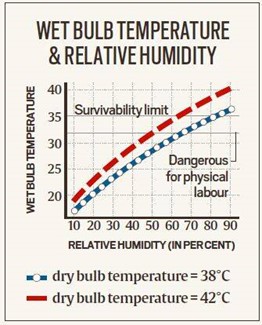
Source:
- Explained: India Heatwaves and the role humidity plays in making them deadly
- IPCC report: Heat, humidity, sea rise to make India uninhabitable if emissions not cut
- Climate change impact far greater, frequent and disruptive than previously understood: IPCC report
Image source:
Exchange rates
In News
During intra-day trade, the Indian rupee hit an all-time low exchange rate of 77.6 against the US dollar and at the time of going to print, it was 77.20 to a dollar.
About the News
- The previous lowest was at 76 to a dollar when the US Federal Reserve raised interest rates.
- If the rupee’s exchange rate “falls”, it implies that buying American goods would become costlier. At the same time, Indian exporters may benefit because their goods now are more attractive or cheaper to the American customers.
- Exchange rate is often taken as a marker of the relative strength of an economy as most developing economies tend to run deficits on their trade and current accounts.
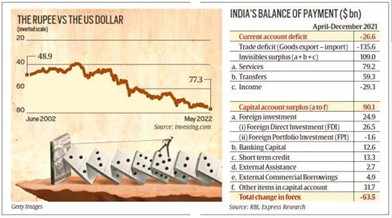
What is exchange rate?
- Definition: An exchange rate is the value of one nation's currency versus the currency of another nation or economic zone. Most exchange rates including Indian rupee- US dollar is free-floating and rise or fall based on supply and demand in the market. While, some exchange rates such as renminbi are not free-floating and are pegged to the value of other currencies and may have restrictions.
- Significance: It tells us how many rupees are required to buy a US dollar. If the rupee’s exchange rate “falls”, it implies that buying American goods would become costlier and vice-
- Determination: In a free-market economy, the exchange rate is decided by the supply and demand for rupees and dollars.
- Mechanism of fluctuations:
- Crude oil prices go up sharply: For India, which imports 80% of its oil, the price rise would mean India will need more dollars to buy crude oil in the international market. That, in turn, would weaken the rupee because India’s demand for dollars would have gone up while the world’s demand for the rupee stayed the same.
- Raise in US central bank rates: When US raises its interest rates and looks set to raise them further in the future. Global investors who had been putting their money in India (for which they demanded rupees) would consider taking it out and investing in the US (for which they would demand dollars instead) and thus, the rupee would weaken.
- Role of RBI: RBI ropes in when there is an abrupt fluctuation in the balance of payment (BOP) always balances. To soften the rupee’s fall, the RBI sells in the market some of the dollars it has in its forex reserves. This soaks up a lot of rupees from the market, thus moderating the demand-supply gap between rupee and dollars.
Sources:
Richard Feynman
On May 11, 1918, Richard Feynman, in full Richard Phillips Feynman was born. He was an American theoretical physicist who was widely regarded as the most brilliant, influential, and iconoclastic figure in his field in the post-World War II era. Feynman remade quantum electrodynamics—the theory of the interaction between light and matter—and thus altered the way science understands the nature of waves and particles. He was co-awarded the Nobel Prize for Physics in 1965 for this work, which tied together in an experimentally perfect package all the varied phenomena at work in light, radio, electricity, and magnetism. During World War II Feynman was recruited to serve as a staff member of the U.S. atomic bomb project at Princeton University (1941–42).

National technology Day:
Source:
Sedition Laws in India
In News
The Central government has recently told the court that the provisions of the law (Section 124A) will be re-examined and reconsidered.
About the News
- Recently, several pleas have been filed in Supreme Court challenging constitutional validity of the sedition charge under Section 124A of the Indian Penal Code.
- The law has been in question in recent years for its misuses causing a ‘chilling effect’ on free speech and is an unreasonable restriction on expression free, a fundamental right.
- As per the National Crime Records Bureau (NCRB) report, in 2020, 73 cases were filed and no one was convicted of sedition with majority of cases from Manipur (15) in 2020, followed by Assam (12), Karnataka (9), Uttar Pradesh (7), Haryana (6) and Delhi (5).
What is sedition law?
- Background: Drafted by British historian-politician Thomas Babington Macaulay in 1837 to control development of dissent against British establishment in India.
- Definition: Sedition was defined as an act by ‘whoever, by words, either spoken or written, or by signs, or by visible representation, or otherwise, brings or attempts to bring into hatred or contempt, or excites or attempts to excite disaffection towards the Government established by law in India’.
- Indian penal code: The Sedition charge was later included in Section 124 A of the Indian penal code in 1870 by the British Colonial government to primarily suppress the writings and speeches of prominent Indian freedom fighters.
- Section 124A: According to it, sedition is a non-bailable offence, punishable with imprisonment from three years up to life, along with a fine.
- Forfeit: The person charged under this law is also barred from a government job and their passport is seized by the government.
- Notable cases: Writings of leaders like Mahatma Gandhi, Lokmanya Tilak, and Jogendra Chandra Bose were suppressed and they were tried under sedition law for their comments on the British rule.
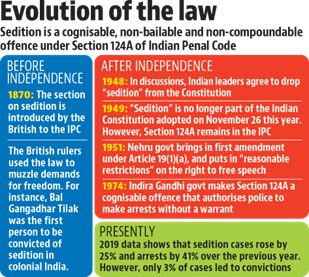
View of different bodies on sedition law in India:
- Law Commission
- 2021: Through a consultation paper on the sedition, the Law Commission has suggested invoking 124A to only criminalize acts committed with the intention to disrupt public order or to overthrow the Government with violence and illegal means.
- 2018: The Law Commission of India published a consultation paper recommending that it is time to re-think or repeal the Section 124A of the Indian Penal Code that deals with sedition.
- 1971: In its 42nd Report, the panel wanted the scope of the section to be expanded to cover the Constitution, the legislature and the judiciary, in addition to the government to be established by law, as institutions against which 'disaffection' should not be tolerated.
- 1968: In its 39th Report (1968), the Law Commission had rejected the idea of repealing the section.
- Parliament
- 2015: A private member Bill was introduced in Lok Sabha by MP Shashi Tharoor to amend section 124A of IPC to term only those actions/words that directly result in the use of violence or incitement to violence as ‘seditious’
- 2011: A private member Bill was introduced in Rajya Sabha proposing that section 124A IPC should be omitted, but failed to pass.
- Supreme Court
- 2021: Chief Justice of India (CJI) N.V. Ramana questioned the need of Sedition after 75 years of Independence considering it being a colonial law to suppresses freedoms.
- 1962: In the landmark 1962 Kedar Nath Singh case, the Supreme Court upheld the constitutional validity of the sedition law however it set seven principles to restrict its scope for misuse.
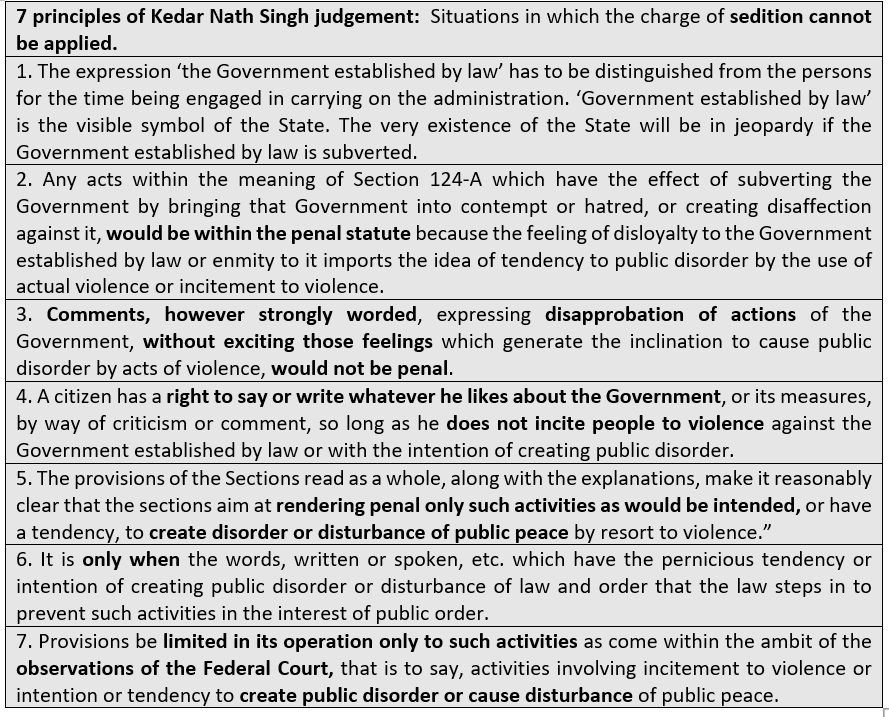
Arguments in support of Section 124A:
- Effective tool: Section 124A of the IPC has its utility in combating anti-national, secessionist and terrorist elements.
- Safety valve: It protects the elected government from attempts to overthrow the government with violence and illegal means. The continued existence of the government established by law is an essential condition of the stability of the State.
- Rational: If contempt of court invites penal action, contempt of government should also attract punishment
- Need of hour: Many districts in different states face a Maoist insurgency and rebel groups virtually run a parallel administration. These groups openly advocate the overthrow of the state government by revolution
- Time-tested: The abolition of Section 124A is ill-advised merely because it has been wrongly invoked in some highly publicized cases.
Arguments against Section 124A:
- Dark history: It is a relic of colonial legacy and unsuited in a democracy as it is a constraint on the legitimate exercise of constitutionally guaranteed freedom of speech and expression.
- Essential tool for democracy: Dissent and criticism of the government are essential ingredients of robust public debate in a vibrant democracy. Right to question, criticize and change rulers is very fundamental to the idea of democracy.
- Ineffective: The British, who introduced sedition to oppress Indians, have themselves abolished the law in their country. There is no reason, why should not India abolish this section.
- Vaguely articulated: The terms used under Section 124A like 'disaffection' are vague and subject to different interpretation to the whims and fancies of the investigating officers.
- Already existing checks and balances: IPC and Unlawful Activities Prevention Act have provisions that penalize "disrupting the public order" or "overthrowing the government with violence and illegal means". These are sufficient for protecting the national integrity.
- Political tool: The sedition law is being misused as a tool to persecute political dissent as a wide and concentrated executive discretion is inbuilt into it which permits the blatant abuse.
- Inconsistent with India's international commitments: In 1979, India ratified the International Covenant on Civil and Political Rights (ICCPR), which sets forth internationally recognized standards for the protection of freedom of expression.
Conclusion
The sedition laws and their growing misuse by governments of all stripes (including opposition-ruled states) are a matter of serious concern. Personal liberty and the right to free speech are hallmarks of liberal democracy and sedition laws and their gross misuse attack the very foundation of these liberties enshrined in the Indian Constitution. The need of the hour requires the judiciary to review this draconian law. Even if abolishing this law may not be feasible, toning it down and issuing strict guidelines to limit its indiscriminate use can definitely help India’s democratic standing apart from safeguarding freedom of expression in the country.
Question: What is Sedition and provisions related to it in India. Is it necessary to outlaw sedition laws in India? Justify your stand.
Sources:
- Explained | India’s sedition law, its usage, and the opinions around it:
- Explained: The Kedar Nath sedition ruling:
- SEDITION LAW: A THREAT TO INDIA’S DEMOCRACY:
- PM committed to ‘shedding colonial baggage’: Centre’s U-turn in SC over sedition law:
- India's Controversial Sedition Law Explained In 5 Points:
- Image:
3D printed gloves
This is image of 3D printed gloves for rehabilitating stroke patients. A 3D printed polymer glove that can allow an attendant of a stroke victim to conduct daily physiotherapy sessions at home for months, is the latest innovation of IISC Bengaluru. Similar wearable devices could be made for any limb, depending on the requirements of a paralytic patient. The device is highly sensitive – enough to respond to the touch of a butterfly. A physiotherapist or a family member can operate it by either wearing an identical device or using smartphone application. The biggest advantage is that a physiotherapist can measure the muscle strength and how the mobility or flexibility of a finger (in case of a hand) is changing. The inexpensive 3-D printed gloves or other such wearable devices offer a viable alternative as involvement of a physiotherapist may be required only at the initial stage after which the family members can continue the sessions at home with the polymer glove or similar devices.
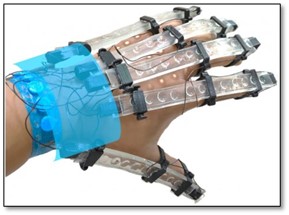
Source:
Liberation War of Bangladesh
- Context: A 25-member strong delegation from Bangladesh will be visiting Meghalaya to celebrate Golden Jubilee of the Bangladesh Liberation War.
- December 16, 1971 marked the end of the Bangladesh Liberation War, which was a short-lived conflict between India and Pakistan that established the People’s Republic of Bangladesh from the territory of the former province of East Pakistan.
- The province East Pakistan was created during independence from the British empire in 1947.
- East and West Pakistan were geographically, culturally, and ideologically distant and distinct.
- An independence movement for East Pakistan grew up based on Bengal ethnic concerns, the right to use the Bengali language, and a desire for local political control and self-rule.
- A Bangladesh independence militia called the Mukti Bahini, drew support from the Indian government and engaged in guerilla operations in East Pakistan from bases on the Indian side of the border.
- The nine-month conflict ended with the surrender of the Pakistani army.
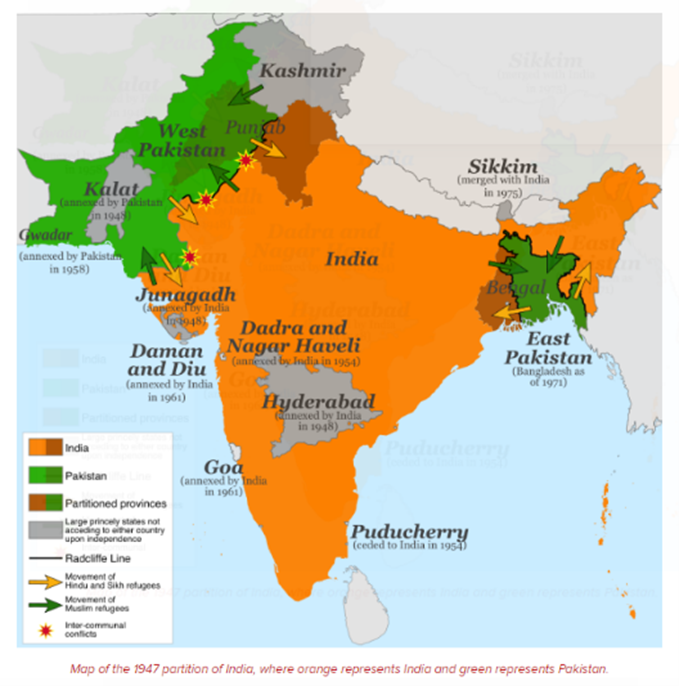
Source:
Digital Census
- Context: The Government has recently declared that India's upcoming 2021 Census will be the first-ever digital Census in the country.
- The country's 16th Census, that is scheduled to start this year, will be done digitally.
- Up until now, the Census process involved visiting every household and filling up forms, which were then sent to data processing centres for digitisation and analysis.
- From now on, workers going door-to-door will have tablets or smartphones that will let them enter information into a portal directly.
- There will be a provision for self-enumeration, meaning the completion of census survey questionnaires by the respondents themselves.
- Once the Census portal is made open, individuals can log in using their mobile numbers and fill up their details.
- Once self-enumeration is done, an identification number will be sent on individual mobile phones.
- When the enumerator goes for the house listing exercise, the ID number can be shared, which will automatically sync all the data already filled online.
- A Mobile App for collection of data and a Census Portal for management and monitoring of various Census related activities have been developed.
- Only a handful of countries have done away with paper records for the census. Vietnam and Swaziland are first to take this leap along with India.
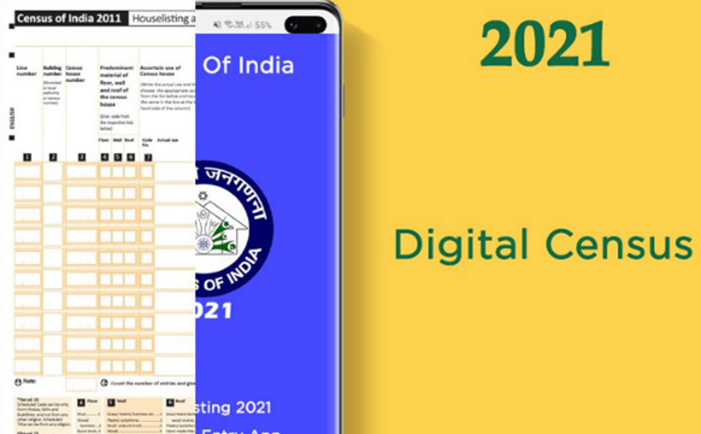
Source:
- First Digital Census for India - what it means and how it will be conducted
- Census 2021 to be digital, says home ministry: All you need to know
Image source
Rocket-Propelled Grenade
- Context: The weapon that was recovered recently after the attack on the Punjab Police's Intelligence headquarters in Mohali has been identified as a Rocket-Propelled Grenade (RPG).
- The RPG is a weapon of Soviet origin, and its initials stand for Rucknoy Peotivotankovvy Granaromyot, which roughly translated means a handheld anti-tank grenade launcher.
- It is a portable, shoulder fired weapon, which is easy to operate and can cause widespread damage whether used in an anti-personnel mode, against armoured vehicles or against buildings.
- The origins of RPG lie in the various conflicts that have taken place in modern military warfare, dating back to World War I.
- Eastern European countries, especially those from the former Soviet Union bloc, are well known markets for the sale and purchase of these weapons.
- The use of RPG is worrying, as it indicates link to the Weapon syndicates and Anti-social elements trying to reach them.

Source:
Image source
New Social Media Act
- Context: The government has been considering a new legislation for Social Media.
- It will try to substantially dilute the safe harbour immunity granted to social media platforms to address accountability concerns, protection of personal data and improve cyber security.
- The new legislation would replace the existing Information Technology Act and include aspects of the draft data privacy bill, while focusing on accountability of social media platforms as globally countries were moving away from granting safe harbour provisions in their data protection regulations .
- Currently, the safe harbour rule, or Section 79 of the IT Act, says social media intermediaries won’t be held legally or otherwise liable for any third-party information, data, or communication link made available or hosted on its platform.
- The proposed law says social media platforms and other intermediaries will not be liable for unlawful behaviour of users, but if they’re “aware of illegal acts and fail to remove them," then they will be held liable.
- Other measures taken to ensure Safer Internet include:
- The Government has issued directive to VPN service providers to retain user data.
- Indian Cyber watchdog Indian Computer Emergency Response Team (CERT-In) has issued norms to the effect as part of their KYC policy, asking companies to comply within 60 days.
- The Government had also tightened some clauses under Section 69A of the IT Act, while mandating firms to appoint grievance redressal officers in the country and resolve consumer grievances within a specific time period.
- For messaging platforms like WhatsApp a new requirement was inserted that the companies have to provide the first originator of what is deemed as mischievous messages.

Source:
- The IT Act is from a different era
- Hosting third-party content: Social media firms to face higher legal risks
Image source
Structural faultlines in trade numbers: The Hindu Business Line
Essence: The overall merchandise exports in 2021-22 is at an all-time high of $417.8 billion. On the other hand, imports are growing at an even faster pace thus widening the deficit in merchandise trade to $200 billion in 2021-22.
Either rising imports or widening deficit is not a concern, however, the problem is with the nature of the surge in imports and the composition of the trade imbalance. This is happening because we are unable to fix the structural issues of our key sectors, relying instead on imports.
For example, India has world’s fifth largest proven reserves of coal and ranked second worldwide in farm output but is importing coal and agricultural products on a large scale. The quality issues of our coal could have been fixed with technology upgrades in mining and tweaking boiler technology to achieve higher thermal efficiencies with lower grade coal, but we have not done so.
Some of the agro-climatically suitable zones for growing exotic and temperate zone fruits such as the northeast and the lower Himalayan ranges are cut off from markets that fruit simply rots on the branch.
Thus, policymakers and planners must address the structural weaknesses that plague our economy to cut down imports and trade deficit.
Why should you read this article?
- To know the data of Indian exports, imports, and trade deficit.
- To understand the nature of Indian imports and the structural problems with our trade.
Source:
NFHS 5 data shows literacy and delivery of services, not religion, influences fertility- Indian Express
Essence: The editorial talks about the declining trends in fertility rate across the country, the reasons for the same and urgent requirement of unmet needs. The NFHS conducts a large, multi-round survey around the country, providing information on fertility, IMR and child mortality, reproductive health, nutrition, anemia, family planning, etc. The report shows that India’s total fertility rate declined to less than 2.0, hence achieving the replacement levels. 5 states where TFR is above national average (2.0) are UP(2.4), Bihar(3), Jharkhand(2.3), Manipur(2.2) and Meghalaya(2.9). Rajasthan and Madhya Pradesh, previously a part of the laggard group BIMARU, have attained TFR of 2.0.
The editorial says that fertility behavior is determined by literacy levels, income generation and availability of health/family planning services. Women who haven’t completed secondary education or are belonging to poor background have dismal family planning record. It is primarily because of male attitude towards family planning and onus for birth control on women. Use of contraceptives, birth control measures, female tubectomy, sterilization, all have been considered as female prerogative by society.
The practice of birth control has slowly received acceptance in Indian society, with Muslims at 47% (up from 45% in NFHS 4) and Hindus at 58% (up from 56% in NHFS 4). Misleading narratives of family planning being associated with religion and community must be stopped. Those who aren’t educated, aren’t empowered, or are financially low have been found to have high TFR.
Why should you read this article?
- To know the determinants of family planning in India.
- To know about the regional variation in fertility rate drop through NFHS 5.
Source:
Equating states’ off-budget borrowings with their debt will clarify extent of indebtedness- Indian Express
Essence: The editorial highlights the issue of off-budget borrowing and how central government wants to ensure fiscal discipline of all states. In an ideal scenario, the fiscal deficit targets are set by the finance commission and passed on to the center and state governments to adhere with (uniform applicability). The ceiling for loans/borrowings is set according to each state’s GDP (GSDP) for each year. This ceiling for 2022-23 has been fixed at 3.5% of GSDP (Rs 8.5Lakh of state development loan) in addition to 0.5% borrowings attached to power sector reforms and a special assistance to states for capital investment (1 lakh crore).
During covid times in last 2 years, state-owned entities (special purpose vehicles) went for proliferation in off-budget borrowings, escaping the oversight of central government. Eventually, the states would pay the debt but as of now, no data is available to suggest the magnitude of borrowings by state. These debts circumvent the FRBM Act mandate.
To prevent these loans widen the state deficit (repayment of principal and interest amount), and restore state’s fiscal discipline, the central government has decided to adjust the off-budget borrowing with the net borrowing ceiling per year. This will bring in transparency in state budget but might constrain the states to fund expenditures. Overdraft and ways and means advances by RBI could help states during such times.
Why should you read this article?
- To know more about the off-budget borrowings by the state.
- To understand about the loans under state development loan provided by central government.
Source:
Tribal Development - Edukemy Current Affairs
Background
- These ethnic communities in Aaray villages of Mumbai live a self-sufficient life in small hamlets scattered throughout the forest, breeding chickens for a living and growing crops.
- For the past six years, Cassandra has worked with a team of three to assist families from Aarey villages and Madh Island ,primarily Adivasi Warli women, in becoming self-sufficient.
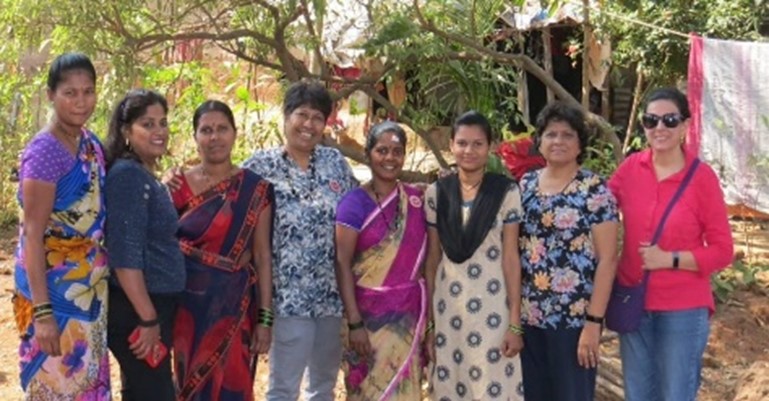
About the Efforts of Cassandra
- Cassandra observed that in comparison to the Mumbai’s progress, tribal area development has lagged. This fuelled the desire to work for the betterment of the tribes.
- Apart from raising awareness, she also fosters Mumbaikars' involvement with different ethnicities, resulting in cultural fusion and a give and take on both sides.
- They have an ongoing programme called #TRibalLunch in which they entice Mumbaikars to visit Aarey Forest — the world's only natural Urban Forest.
- #TRibalTAdka is a revenue-generating income model in which women earn money by selling food, organic vegetables, and handicrafts, and Mumbaikars may have a first-hand taste of real Maharashtrian cuisine in one of the village homes.
- Another improvement brought about by the group is the installation of bio-toilets in eight settlements in Aarey Forest and Madh Island.
- With the help of crowdfunding and government support, the group was able to obtain 23 zig-zag sewing machines, each costing Rs 8,000, smokeless stoves for over 2,500 people, and 350 menstruation cups through the #SurekhaMenstrualCupProject.
Quote: Civilization is the progress toward a society of privacy. The savage's whole existence is public, ruled by the laws of his tribe. Civilization is the process of setting man free from men.- Ayn Rand
Source:
Share the article
Get Latest Updates on Offers, Event dates, and free Mentorship sessions.

Get in touch with our Expert Academic Counsellors 👋
FAQs
UPSC Daily Current Affairs focuses on learning current events on a daily basis. An aspirant needs to study regular and updated information about current events, news, and relevant topics that are important for UPSC aspirants. It covers national and international affairs, government policies, socio-economic issues, science and technology advancements, and more.
UPSC Daily Current Affairs provides aspirants with a concise and comprehensive overview of the latest happenings and developments across various fields. It helps aspirants stay updated with current affairs and provides them with valuable insights and analysis, which are essential for answering questions in the UPSC examinations. It enhances their knowledge, analytical skills, and ability to connect current affairs with the UPSC syllabus.
UPSC Daily Current Affairs covers a wide range of topics, including politics, economics, science and technology, environment, social issues, governance, international relations, and more. It offers news summaries, in-depth analyses, editorials, opinion pieces, and relevant study materials. It also provides practice questions and quizzes to help aspirants test their understanding of current affairs.
Edukemy's UPSC Daily Current Affairs can be accessed through:
- UPSC Daily Current Affairs can be accessed through Current Affairs tab at the top of the Main Page of Edukemy.
- Edukemy Mobile app: The Daily Current Affairs can also be access through Edukemy Mobile App.
- Social media: Follow Edukemy’s official social media accounts or pages that provide UPSC Daily Current Affairs updates, including Facebook, Twitter, or Telegram channels.


